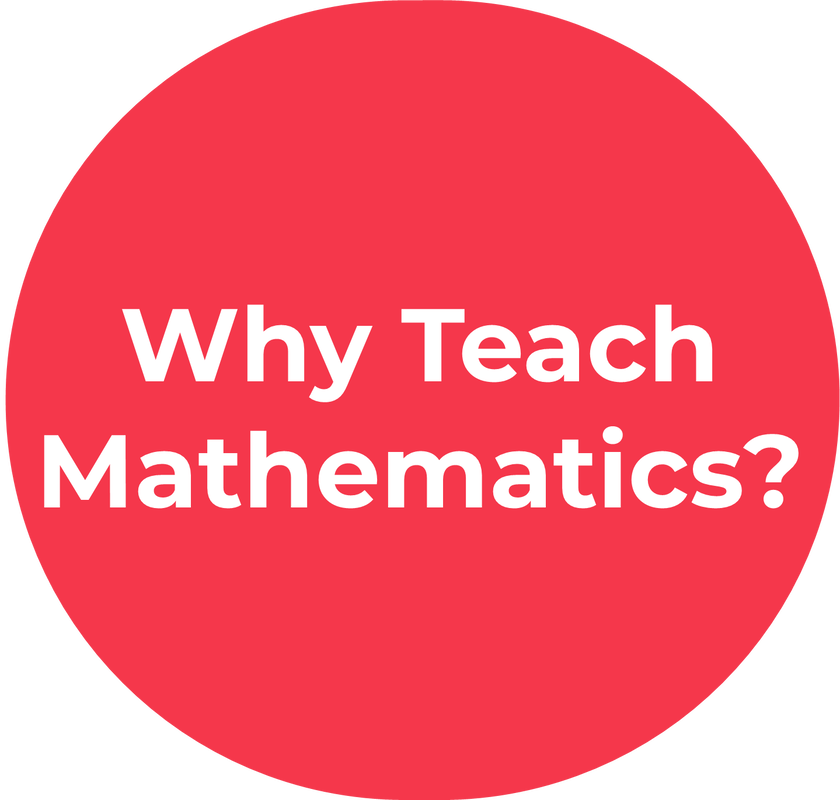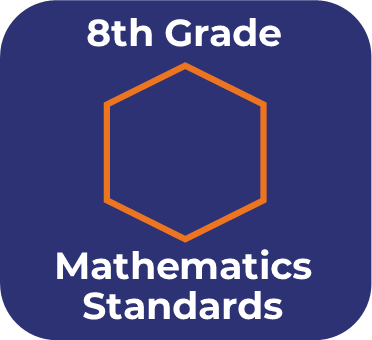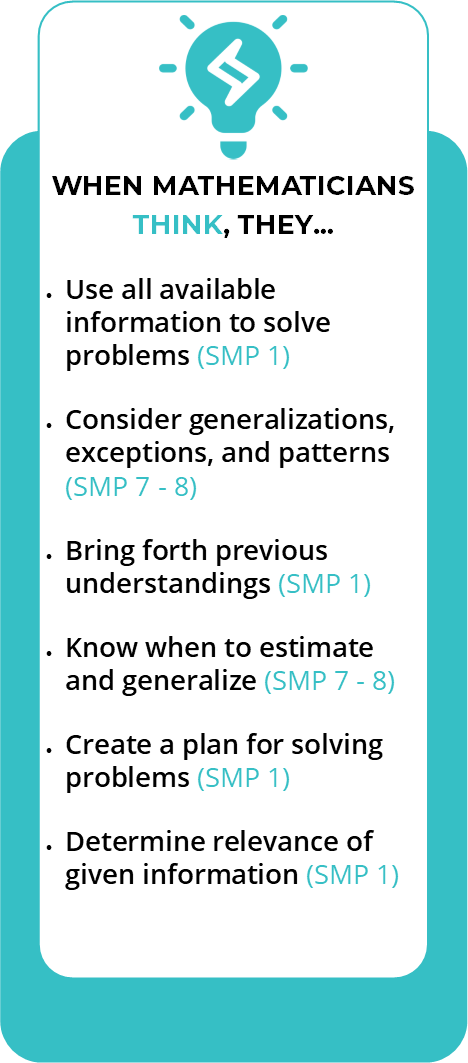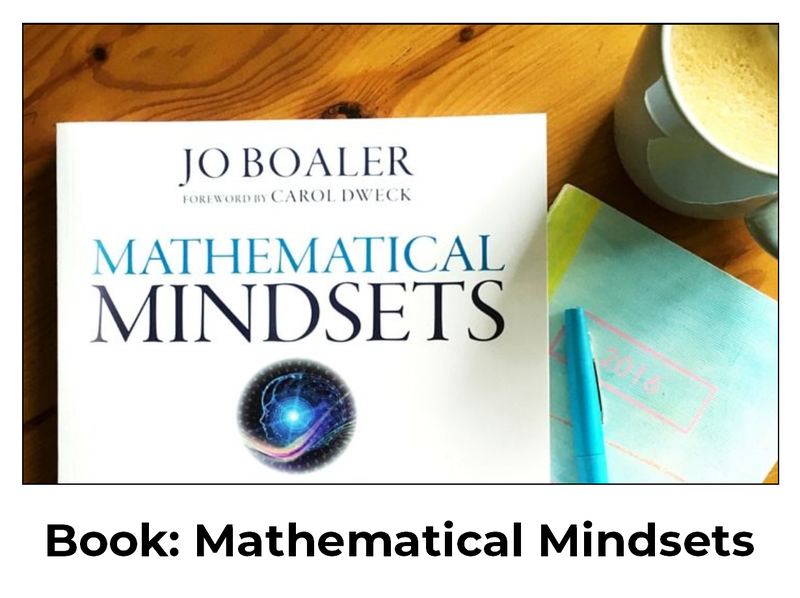Welcome to Mathematics
Click the buttons below for quick access to content
Click the buttons below for quick access to content
Mathematics is the human activity of reasoning with number and shape, in concert with the logical and symbolic artifacts that people develop and apply in their mathematical activity. The National Council of Teachers of Mathematics (2018) outlines three primary purposes for learning mathematics:
References
National Council of Teachers of Mathematics (2018). Catalyzing change in high school mathematics: Initiating critical conversations. Reston, VA: National Council of Teachers of Mathematics.
- To Expand Professional Opportunity. Just as the ability to read and write was critical for workers when the early 20th-century economy shifted from agriculture to manufacturing, the ability to do mathematics is critical for workers in the 21st century as the economy has shifted from manufacturing to information technology. Workers with a robust understanding of mathematics are in demand by employers, and job growth in STEM (science, technology, engineering, and mathematics) fields is forecast to accelerate over the next decade.
- Understand and Critique the World. A consequence of living in a technological society is the need to interpret and understand the mathematics behind our social, scientific, commercial, and political systems. Much of this mathematics appears in the way of statistics, tables, and graphs, but this need to understand and critique the world extends to the application of mathematical models, attention given to precision, bias in data collection, and the soundness of mathematical claims and arguments. Learners of mathematics should feel empowered to make sense of the world around them and to better participate as an informed member of a democratic society.
- Experience Wonder, Joy, and Beauty. Just as human forms and movement can be beautiful in dance, or sounds can make beautiful music, the patterns, shapes, and reasoning of mathematics can also be beautiful. On a personal level, mathematical problem solving can be an authentic act of individual creativity, while on a societal level, mathematics both informs and is informed by the culture of those who use and develop it, just as art or language is used and developed.
References
National Council of Teachers of Mathematics (2018). Catalyzing change in high school mathematics: Initiating critical conversations. Reston, VA: National Council of Teachers of Mathematics.
(Click on the icons to open the Colorado Academic Standards and/or the CCSD Scope and Sequence in a new window)
Preschool |
Kindergarten |
1st Grade |
2nd Grade |
3rd Grade |
4th Grade |
5th Grade |
6th Grade |
7th Grade |
8th Grade |
High School |
Disciplinary Literacy is prominent focus across all content areas in the 2020 Colorado Academic Standards. As teachers plan for successful experiences in their classrooms, they should therefore be taking into consideration the ways in which students develop competency in this area.
ANTHONY PACHELLI
PI Partner of K-12 Mathematics
Instructional Support Facility (ISF)
720-554-5033
[email protected]
PI Partner of K-12 Mathematics
Instructional Support Facility (ISF)
720-554-5033
[email protected]


















































